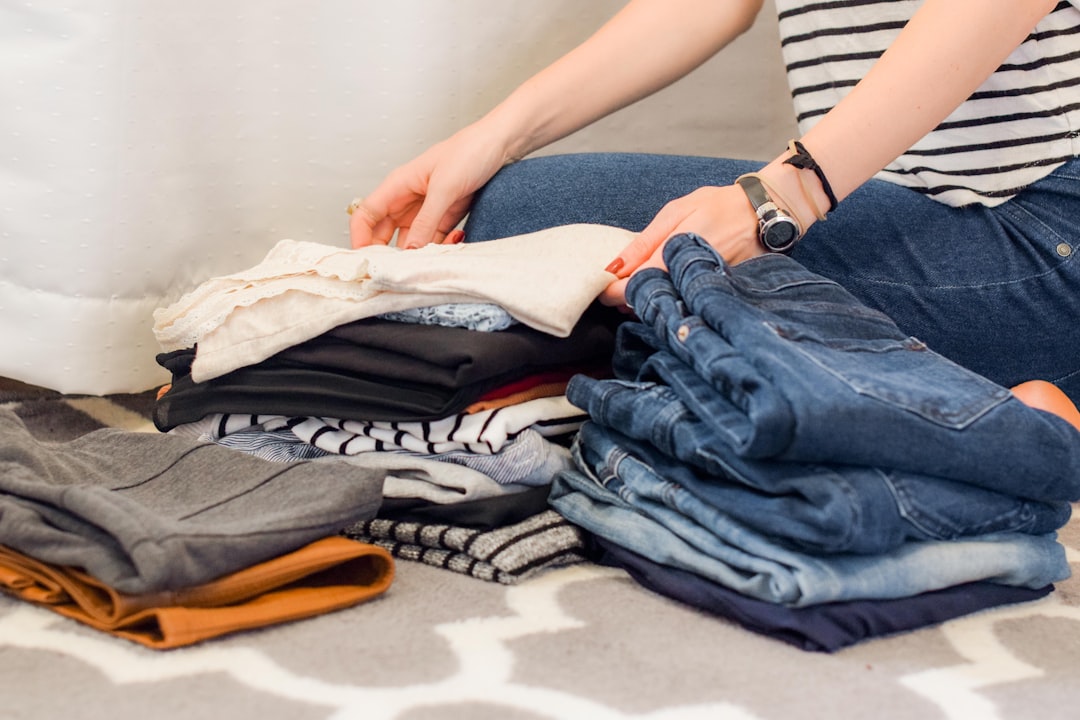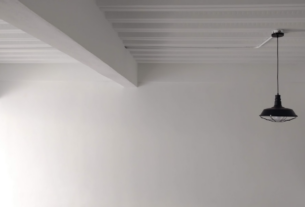Home Organization and Decluttering are not merely about tidying up; they're a transformative journey that fosters emotional freedom and mental clarity. This process involves a personal commitment to simplify your living environment by releasing items that no longer serve you, leading to a functional, serene space that reflects your current life and joys. Decluttering helps confront and release emotional attachments, reducing stress and freeing up psychological bandwidth for new experiences. It's a metaphor for shedding old patterns, making room for a more intentional and meaningful existence. As your home becomes more organized, so does your mind, paving the way for greater emotional well-being through minimalism. This approach emphasizes self-awareness and ongoing habits that maintain an ordered environment, enhancing daily life with peace of mind and reducing stress. It also encompasses eco-conscious practices like recycling or donating, ensuring a balance between personal wellness and environmental sustainability. In essence, Home Organization and Decluttering are about creating a harmonious living space that supports both your emotional health and the health of the planet.
Decluttering isn’t merely about tidying up your living space; it’s a transformative journey towards emotional freedom. This article delves into the profound impact of organizing your home on enhancing mental clarity and fostering a sense of peace. We explore the principles of minimalism that pave the way to a clutter-free life, identify the emotional ties that bind us to our belongings, and offer strategies to let go. Furthermore, we discuss how implementing sustainable habits can maintain this newfound order, ensuring your space remains a sanctuary of calm and intention. Join us as we unravel the threads between home organization, decluttering, and the path to liberating emotional well-being.
- Embracing Minimalism: The Path to Emotional Freedom Through Home Organization
- Identifying Emotional Attachments: Strategies for Decluttering Beyond Physical Items
- Implementing Sustainable Habits: Maintaining an Organized Space for Ongoing Clarity and Peace
Embracing Minimalism: The Path to Emotional Freedom Through Home Organization
Embracing minimalism as a pathway to emotional freedom begins with a commitment to home organization and decluttering. This journey involves more than just tidying up physical spaces; it’s an introspective process that allows individuals to let go of material possessions that no longer serve a purpose or bring joy. By engaging in the practice of organizing and decluttering, one can create a living environment that is not only functional but also conducive to peace and clarity of mind. This process encourages a mindful approach to acquiring new items, fostering a sense of contentment with what is truly necessary. As each item is evaluated, individuals confront the emotional attachments that often hinder their ability to release things they no longer need. This act of letting go can be transformative, leading to a reduction in stress and an increase in mental space for new experiences and growth. Home organization and decluttering, therefore, become a metaphorical representation of shedding the weight of past cluttered behaviors, making room for emotional freedom and a more meaningful life.
Incorporating home organization and decluttering into your routine can significantly impact your emotional well-being. The orderliness achieved in your living space mirrors the tranquility of an unburdened mind. Each step towards organizing your home is a step away from chaos, both physically and mentally. The simplicity that minimalism promotes helps to clear the clutter of life’s distractions, allowing for greater focus on personal growth and self-care. As you systematically categorize, donate, or discard items, you also begin to sort through and address underlying emotional patterns that contribute to hoarding behaviors. This deliberate process not only transforms your home into a sanctuary but also lays the foundation for cultivating emotional freedom, one tidy space at a time.
Identifying Emotional Attachments: Strategies for Decluttering Beyond Physical Items
Decluttering one’s home can be a liberating process, offering both physical and emotional space. However, the act of decluttering extends beyond the tangible objects that accumulate over time; it also involves addressing the emotional attachments we hold towards these items. Identifying these emotional connections is a crucial step in the decluttering journey, as they often contribute to clutter more than we realize. To begin this process, one must reflect on why certain items are kept. Are they holding onto memories? Do they serve a sentimental value that outweighs their practical use? By acknowledging these feelings, individuals can approach their home organization with a clearer perspective, distinguishing between what holds true value and what simply takes up space.
Strategies for managing emotional attachments should be tailored to each person’s unique circumstances. One effective method is the ‘four-box technique,’ where items are categorized into ‘trash,’ ‘donate,’ ‘store,’ and ‘keep.’ The ‘keep’ box should only contain items with significant emotional value or practical necessity. Another approach involves taking a photograph of the item, which allows one to retain the memory without the physical clutter. Digital photo albums can serve as an excellent alternative to storing physical mementos. Additionally, considering the joy and utility each item brings into your life today, rather than its past significance, can help in making unbiased decisions during the decluttering process. Home Organization and Decluttering are not just about tidying up; they’re a holistic practice that can lead to greater emotional freedom and a more harmonious living environment.
Implementing Sustainable Habits: Maintaining an Organized Space for Ongoing Clarity and Peace
Engaging in home organization and decluttering is not merely a one-time task but an ongoing process that significantly contributes to emotional freedom and peace of mind. By implementing sustainable habits, individuals can maintain an organized space that serves as a sanctuary for clarity and tranquility. A clutter-free environment reduces stress and anxiety, allowing for better focus and mental well-being. To achieve this, it’s beneficial to establish routines such as daily tidying, designating specific areas for items, and regularly assessing what belongs in your space versus what can be let go of or stored elsewhere. The act of decluttering becomes a form of mindfulness, where each decision to keep or discard an item is a conscious step towards a more organized life. Furthermore, by incorporating eco-friendly practices into the decluttering process—like recycling, donating, or upcycling—you not only enhance your living space but also contribute to environmental sustainability. This holistic approach ensures that the benefits of home organization and decluttering are long-lasting and deeply integrated into one’s daily life, promoting a harmonious balance between personal well-being and environmental responsibility.
In conclusion, embarking on a journey of home organization and decluttering isn’t merely a physical endeavor; it’s a pathway to emotional freedom. By identifying and letting go of the emotional attachments that cling to our possessions, we pave the way for mental clarity and tranquility. The strategies discussed in this article, aimed at sustaining an organized space, offer a framework for ongoing clarity and peace. As you integrate these practices into your daily life, you’ll likely find that the tangible benefits of home organization extend far beyond the aesthetics of your living spaces—they contribute to a profound sense of well-being and emotional liberation. Embrace minimalism, declutter with purpose, and maintain the organized environment as a testament to your commitment to emotional freedom.



